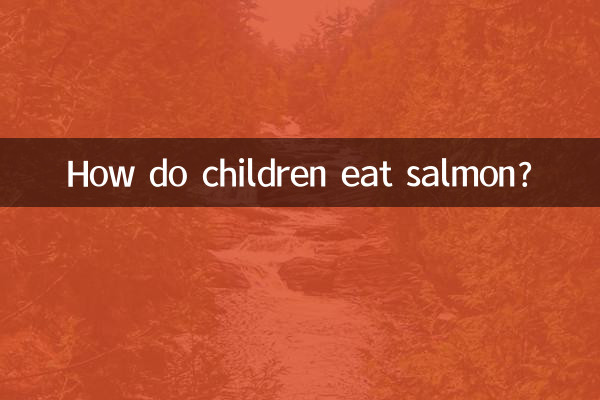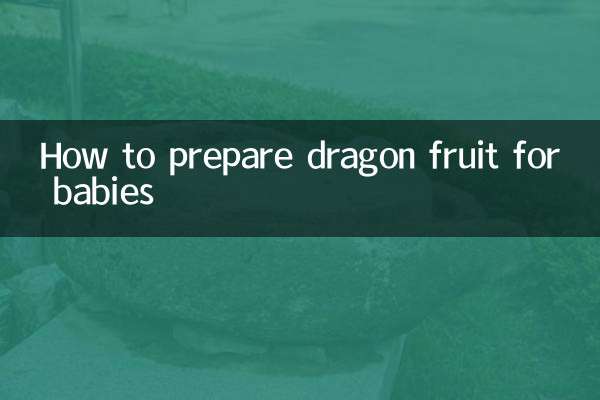How to Eat Salmon with Kids: A Nutrition and Safety Guide
Because of its rich Omega-3 fatty acids, high-quality protein and multiple vitamins, salmon has become a healthy food chosen by many parents for their children. However, how to let children eat salmon scientifically and safely is a concern of many parents. This article will provide you with a guide to structured data based on the hot topics and hot content on the Internet in the past 10 days.
1. Nutritional value of salmon

Salmon is an excellent choice for infants and children to supplement nutrition. The following are its main nutrients:
| Nutritional information | Content per 100g | Benefits for children |
|---|---|---|
| Omega-3 fatty acids | 2.3-2.6 grams | Promote brain and vision development |
| protein | 20-22 grams | Supports muscle growth and immune system |
| Vitamin D | 10-15 micrograms | Promote calcium absorption and strengthen bones |
| Vitamin B12 | 3-5 micrograms | Supports nervous system development |
2. Consumption methods suitable for children
Depending on the age group, salmon is eaten differently:
| age group | Recommended way to eat | Things to note |
|---|---|---|
| 6-8 months | Salmon puree | Observe for allergic reactions when trying for the first time |
| 8-12 months | minced salmon | Can be paired with vegetable puree |
| 1-3 years old | Salmon cubes | Steam or boil soup |
| 3 years and above | Salmon steak/sushi | Make sure it is fully cooked |
3. Recommended recent popular salmon recipes
According to search data across the Internet, the following three salmon recipes are the most popular recently:
| Recipe name | Applicable age | Production points |
|---|---|---|
| Salmon and vegetable porridge | 8 months or more | Steam the salmon, tear it into pieces and mix it with the cooked rice porridge and vegetables. |
| Salmon Potato Pancakes | 1 year old and above | Mix salmon with mashed potatoes and fry in a small amount of oil until golden brown |
| Salmon cheese pasta | 2 years old and above | Dice salmon and mix with cheese and pasta |
4. Safety precautions for eating salmon
1.Allergy risk: Salmon is a common allergen. You should try a small amount for the first time and observe for 24 hours if there is no reaction before eating it normally.
2.cooking method: Salmon eaten by infants and young children must be fully cooked and avoid eating it raw or undercooked.
3.Fish bone treatment: Although salmon bones have fewer bones, they still need to be carefully inspected to ensure they are completely removed.
4.Key points for purchasing: Choose fresh or quick-frozen wild salmon to avoid the antibiotics that farmed fish may contain.
5.Frequency of consumption: It is recommended to take 2-3 times a week, 30-50 grams each time. Excessive use may lead to mercury accumulation.
5. Recent hot topics related to salmon
1.Organic salmon vs regular salmon: Experts point out that organically certified salmon has no significant advantage in nutritional value. The key is freshness.
2.Salmon DHA content comparison: Research shows that the DHA content of wild salmon is about 15% higher than that of farmed salmon.
3.Salmon Parasite Problem: Recently, there are reports that the detection rate of salmon parasites has increased in some areas. It is recommended to purchase products from regular channels and heat them fully.
4.Salmon food supplement innovation: Innovative recipes such as salmon floss and salmon sausage shared by Internet celebrity mothers have received widespread attention.
5.Sustainable fishing topics: Environmental groups call on parents to choose sustainably caught salmon products certified by MSC.
Through the above structured data and hot spot analysis, we hope that parents can scientifically choose and cook salmon for their children, so that their children can enjoy the delicious food while getting the best nutritional supplements.

check the details

check the details